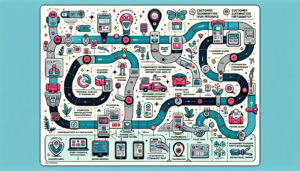In the rapidly evolving business landscape, enterprises are in a perpetual race to maintain agility and deliver seamless customer experiences. One of the strategic methodologies enabling this is the centralisation of business communication. Platforms such as Intercom and Zendesk have continued to shape this evolution, offering businesses innovative ways to streamline operations, respond swiftly to customer queries, and enhance overall efficiency. This article delves into the benefits centralised communication can provide, focusing on improving business agility and customer satisfaction, supported by industry data and practical examples.
Enhancing Business Agility with Centralised Communication
Business agility, defined as the capability of an organisation to swiftly adapt to market changes while maintaining operational effectiveness, is increasingly critical in today’s competitive environment. A pivotal component of fostering such agility is the consolidation of communication across a single, unified platform. By centralising communication, businesses can significantly reduce silos that often lead to information bottlenecks, inefficient processes, and delayed responses.
Intercom and Zendesk exemplify this centralisation’s potential. Intercom, for example, integrates customer interaction across multiple channels, including chat, email, and social media, into a single interface. This integration allows for the swift relay of information and uniform communication strategies implemented across various departments. Similarly, Zendesk empowers companies with the ability to track and manage customer interactions effortlessly, facilitating quick adaptations to consumer needs and insightful data-driven decisions.
Centralised communication platforms inherently support the core tenets of agile methodologies, including iterative processes, stakeholder involvement, and inter-departmental collaboration. By housing communication on a unified platform, real-time updates and feedback loops are made possible, driving speed and efficiency across the business spectrum.
Seamless Customer Experience through Unified Communication
A study by McKinsey highlights that 70% of a customer’s journey is based on how they feel they are treated. An organisation’s ability to deliver a seamless, consistent customer experience is a key differentiator in today’s market. Centralised communication platforms such as Intercom and Zendesk offer substantial advantages towards achieving this goal.
Case in point, Zendesk’s platform provides businesses with a holistic view of the customer journey, incorporating all points of contact into a cohesive narrative. This full-spectrum visibility allows customer service teams to anticipate customer needs, predict problem areas, and proactively engage with solutions before issues escalate. The results are not just improved customer satisfaction, but also the building of brand loyalty and trust.
Similarly, Intercom enables businesses to deliver personalised experiences by integrating machine learning technologies that continuously learn from customer interactions. They allow businesses to tailor content and problem-solving approaches specific to individual customer needs, creating a truly personalised customer journey.
Moreover, according to a survey by the Aberdeen Group, companies utilising centralised communication systems saw a 10% or greater reduction in response times, dismissing the traditional wait times that often frustrate customers. The study further observed a notable 5% to 20% increase in first-contact resolution rates, directly correlating with enhanced customer satisfaction metrics.

Driving Cost Efficiency with Centralisation
Another substantial advantage of centralised communication is cost efficiency. By integrating disparate communication channels into a single platform, businesses can reduce redundancy and optimise resource allocation. Intercom and Zendesk allow companies to streamline processes and centralise data storage, reducing both the hard and soft costs associated with managing independent systems.
Financial prudence continues to be paramount, and according to Gartner, companies that transition to a centrally managed communication platform can see IT and operational costs reduced by up to 30%. This increase in cost efficiency enables reinvestment into other crucial areas of business, such as innovation and growth, further enhancing agility.
The Strategic Edge
Looking beyond operational benefits, centralising communication also provides strategic advantages. The ability to access real-time data and analytic insights from central platforms like Intercom and Zendesk offers businesses a competitive edge. Analytics capabilities allow for enhanced decision-making processes, revealing patterns and trends that can inform strategy and identify new market opportunities.
Furthermore, a centralised approach facilitates an environment conducive to continuous improvement. By promoting transparency and alignment across departments, companies can foster a culture of collaboration and collective responsibility towards shared goals.
Exploring the Next Steps with Pineo
In a world where speed of operation and customer satisfaction are crucial to maintaining a competitive advantage, the centralisation of communication emerges as a critical strategy for businesses looking to enhance agility. As demonstrated, platforms like Intercom and Zendesk are not only transforming how organisations communicate but are also setting new standards in customer experience and operational efficiency.
Ready to discover how centralised communication can propel your business forward? Consider exploring how Pineo’s expert solutions can assist in your journey. Embrace the future of business agility and seamless customer experience by integrating cutting-edge communication technologies within your organisation.
Your journey towards operational enhancement and superior customer satisfaction can start today with Pineo. Unlock the benefits of centralised communication and stay ahead in the competitive business landscape.





